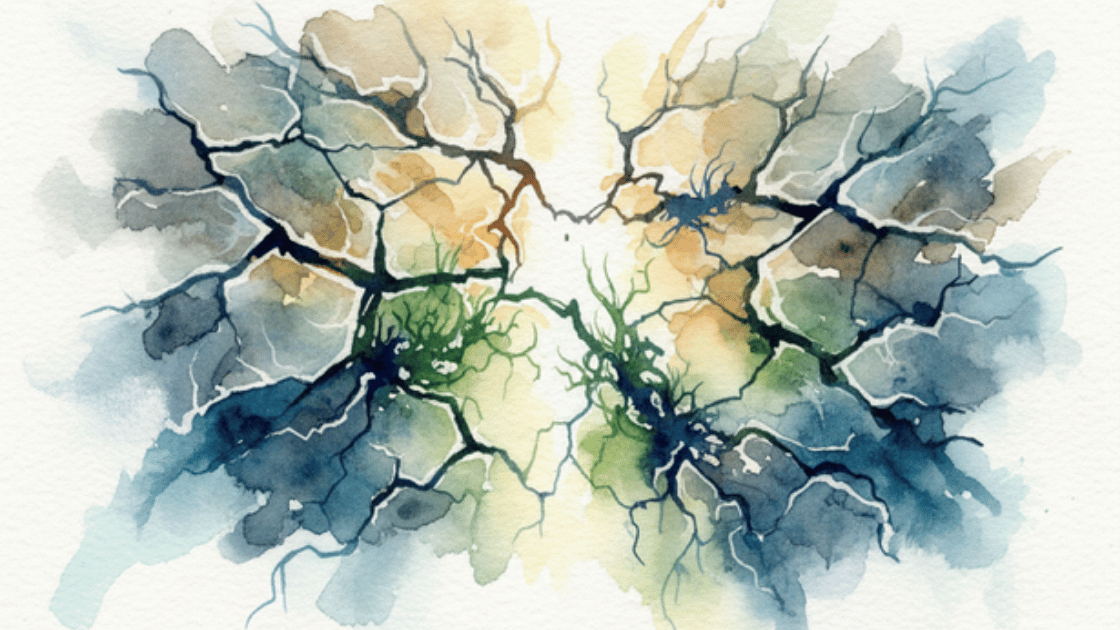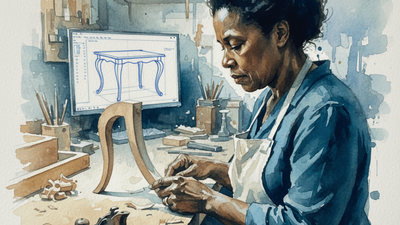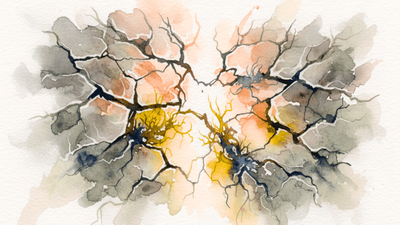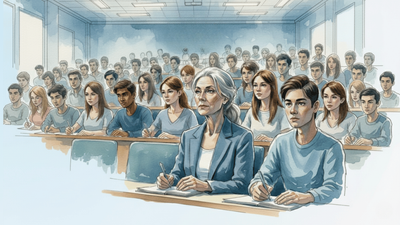What AI-Readiness Really Means

There’s been a quiet surge of tools promising to measure an organisation’s “AI-readiness.”
From quick online quizzes to full audit reports, everyone now offers a maturity model, a score, or a diagnostic. Microsoft’s five-stage framework is one of dozens making the rounds.
Most of these tools do a competent job of mapping what’s present, the data, infrastructure, pilot projects, or skills already in play.
What they rarely illuminate is what must be let go: redundant work, outdated decision rules, and the fragile leadership reflexes that keep systems locked in old patterns.
Before we celebrate another layer of measurement, we need to ask what these assessments are actually diagnosing: improvement opportunities or opportunities to maintain the status quo?
From mapping activity to mapping value
Most readiness assessments ask: Where could we use AI?
The harder question is:
What do we need to stop doing to deliver the most value from our AI investment?
In my work with leaders and organisations, the real leverage comes from mapping flows of value creation and building teams around that. These aren’t teams focusing on one function or activity in isolation, but Super-Teams, responsible and accountable for a complete value stream such as the customer lifecycle from initial awareness and acquisition through to retention and expansion.
Only focusing on experimentation, creating psychological safety, and upskilling teams are useful first steps. But they are not the foundation of readiness. They are the basic conditions that prevent dysfunction, not the things that actually create strength or resilience, or advantage.
True readiness begins when:
- leaders are willing to retire vanity initiatives or pivot to anticipate new opportunities or threats.
- teams can name and cut back redundant work without political fallout.
- communication channels and enterprise knowledge surface tensions early, before they become operational fixtures, everyone just has to deal with.
Achieving a culture of AI-readiness means more than becoming fluent in the use of ChatGPT in prompt engineering or even in agentic automation. It’s about striving for fluency in continuous learning, in adapting, and in letting go of what no longer serves value creation.
A better starting point for AI-readiness
In my coaching, one of the core principles I encourage my clients to think about is: Deal with the situation and the people around you as they are, not as you wish them to be. This means that you are dealing with a state of reality rather than with wishful thinking, and can therefore develop strategies that are better suited to the real problem at hand. Similarly, mapping the positive possibilities of AI, and then hoping for the best, is a form of busy-work.
The more effective approach is to use AI assessment tools to surface the messy dysfunction that needs to be resolved first for AI to be truly transformational. Rather than benchmarking maturity, start with one costly friction point, the place where coordination repeatedly breaks down and quietly drains time, morale, and money.
That’s where I start in Phase 1 of my Forest–Orchard Resilience System (FORS) “Solve One Problem.”
As you resolve it, you capture the intelligence surrounding it:
- what problems it causes downstream,
- how people currently work around it, and
- what patterns of behaviour sustain it.
As you document those decisions, conversations, and outcomes, you create a dynamic Knowledge Base, which becomes the foundation for shared intelligence across teams.
By the time you’ve resolved that single problem, you’ve also exposed redundancies, contradictions, and fragilities across systems.
That’s what real AI-readiness looks like: not another maturity score, but an organisational system learning through deliberate exposure and resolution of the frictions and pain points that have been hindering operational excellence and growth.
One thing we know for sure is that AI will keep changing the tools and the rules of the game. What endures is the organisation’s ability to learn from its own complexity.
That is the real measure of readiness, and the one advantage that can’t be automated.
For a deeper look at how the full FORS model works, download the FORS Executive Briefing here.
Subscribe to the FORS Report
Be the first to know - subscribe today





Member discussion